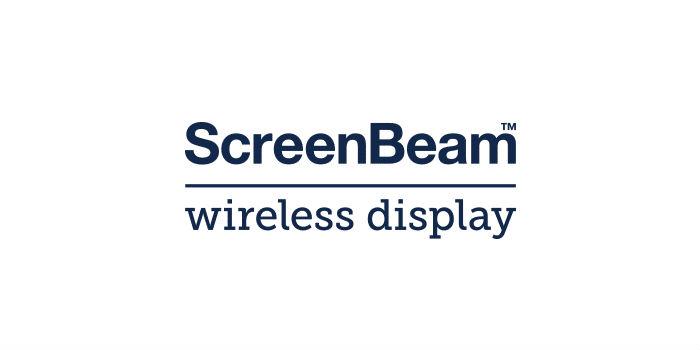 Latin America. ScreenBeam is a company that is looking to grow in the Latin American market with its wireless projection and collaboration solutions using the Miracast standard.
Latin America. ScreenBeam is a company that is looking to grow in the Latin American market with its wireless projection and collaboration solutions using the Miracast standard.
AVI LATINOAMÉRICA spoke with Benny Sterental, ScreenBeam's Latin America market manager, to learn details about the solutions it offers and the plans the company has in the region.
AVI: Where is the company based and how long have you been in the market?
Benny Sterental: ScreenBeam, Inc. is based in Santa Clara California, and is a subsidiary of Actiontec Electronics, Inc. that has more than 26 years in the market. Founded in 1993, Actiontec was initially dedicated to the manufacture and sale of broadband equipment, oriented to the telecommunications market. Subsequently, in partnership with Intel and Microsoft, I created the ScreenBeam division to innovate in the wireless projection and collaboration market using the Miracast standard.
Given the successful growth and expansion of the business, the company decided to simplify the brand and continue to expand our global business under the new subsidiary ScreenBeam, Inc. recognized for the innovation it brings to market. ScreenBeam is an engineering partner of Microsoft Corporation supporting the implementation of the Miracast standard on Windows.
AVI: What is the company's presence in Latin America?
Benny Sterental: ScreenBeam has strategic alliances with Intcomex and Anixter for the distribution of its products in Latin America; and together with them we have developed an active network of Elite Partners – companies that are certified to market and implement the ScreenBeam solution – in Mexico, Costa Rica, Panama, Colombia, Ecuador, Peru, Chile, Bolivia and Argentina.
AVI: What are the main solutions you offer and what industry segments are they aimed at?
Benny Sterental: The main feature of ScreenBeam wireless projection and collaboration solutions is that it allows you to share any content from any device with Windows, macOS, iOS and Android operating system without the need for applications, without special drivers and without cables or connectors to a screen or projector. It is the only receiver with multi-platform support that implements Miracast technology, which gives an advantage in its performance, without latency in video projection. A year ago we also integrated AirPlay support to natively duplicate macOS and iOS content.
The solution also includes the Centralized Management System, an ideal tool for the IT team that allows to manage and monitor all the recipients of the organization from a central point, allowing a good service to users and reducing support costs.
AVI: What are the characteristics and innovation that the company proposes in its solutions?
Benny Sterental: We are currently promoting the ScreenBeam 960 receiver, which is geared towards meeting the needs of large and medium-sized businesses and educational institutions. At the beginning of 2020 we will be launching in Latin America the ScreenBeam 1100 receiver, aimed at large companies or deployments in more complex environments.
ScreenBeam receivers were designed from the beginning considering the needs of the business market, and our approach – in partnership with Microsoft and Intel – was to bet on the Miracast standard, which has allowed us to offer a very complete, secure and robust solution at very competitive prices compared to proprietary solutions in this market.
ScreenBeam has invested tens of millions of dollars in strengthening the Implementation of Miracast to give it the reliability, stability and security required by medium and large organizations. For example with:
• SUPPORT to AGO for channel selection that provides better reception quality in dense wireless environments.
• native support for touch screens through the implementation of UIBC in Windows 10 environments, which significantly improves collaboration in meeting rooms; all annotations on the touch screen are transmitted wirelessly back to the PC and stored as a "Windows Ink" object in any Office365 document, Whiteboard, etc. that can be manipulated later.
• Native extended screen support on Windows and macOS
AVI: How does a company or educational institution benefit from having wireless display?
Benny Sterental: In companies, ScreenBeam allows you to improve the experience in meeting rooms both because users easily connect to the room screen without wasting time (e.g. looking for the connector to make it to your PC), the presenter can share content from anywhere in the room, and, if they have a touch screen, raises the level of collaboration. In addition, the company does not need to invest in buying or replacing or installing cables or connectors, which results in considerable savings.
In schools and universities, the main benefit – apart from savings on cables and connectors – is to improve the level of learning by allowing the teacher to be close to the students while sharing content and generating greater collaboration between them. In schools ScreenBeam also offers an additional add-on – the Classroom Commander application – which allows the teacher to conduct their class from their PC. You can see it in action in this video.
AVI: In which Latin American countries are your solutions being used today?
Benny Sterental: We currently have clients in Mexico, Costa Rica, Panama, Colombia, Ecuador, Peru, Chile, Bolivia and Argentina. We also have clients in the Caribbean, Jamaica and Trinidad Tobago. In all of them we rely on our certified channels to support and delight our customers.
AVI: Could you mention any recent projects that have been carried out in Latin America?
Benny Sterental: The only thing we can say at the moment is that we are in the process of documenting local success stories in Chile and Peru. Our largest client – a school in Chile – has 170 classrooms implemented with ScreenBeam, with excellent results. The most recent project, which involves implementing ScreenBeam in 30 conference rooms, is currently being executed in Costa Rica; although we have others in the portfolio in other countries.












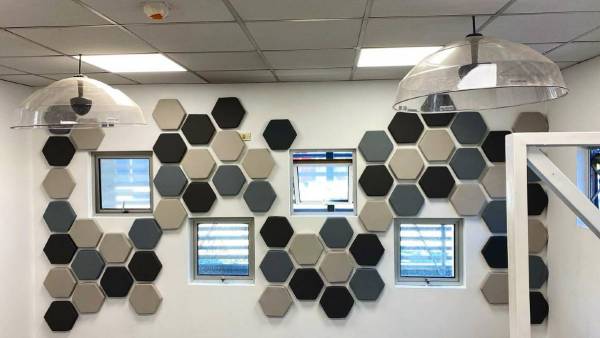
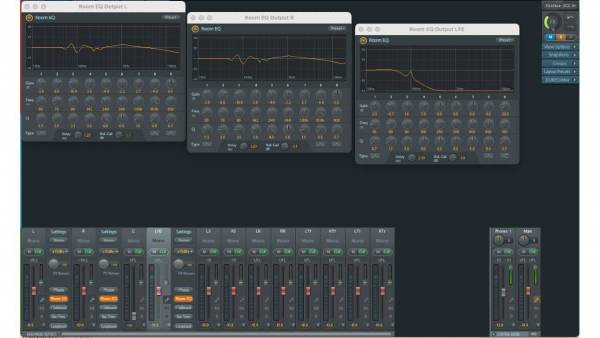

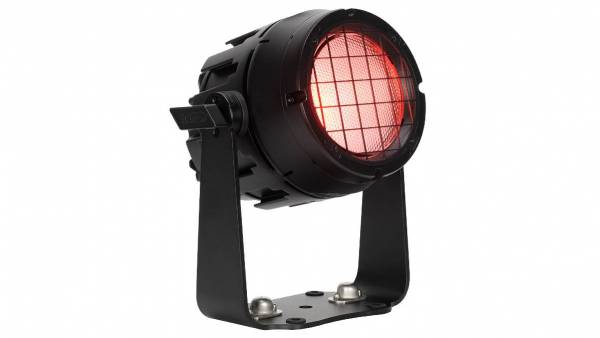

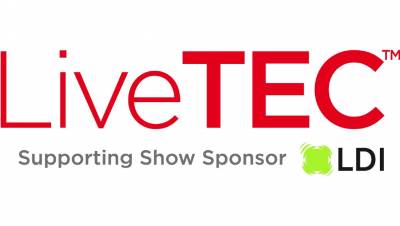








Leave your comment